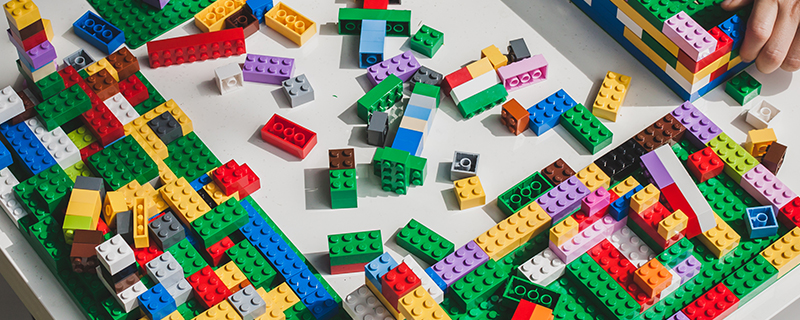Whether your child is 2 or 12, many parents are familiar with a certain twitch that flares up inside: Time to fly in and rescue the kid from that tangled mess or problem.
The intention is always good. After all, we don’t expect kids to solve problems too big for them to handle. But as we mentioned in a recent blog, being in rescue mode all the time does your child no flavours in the long run.
The world is changing. Your child’s future job may not exist today. If they can learn to work through uncertainty and open-ended answers, and become superstars at problem solving, they’ll have a life skill that can carry them far.
Take your intention to help and be a little smarter with them. Asking questions is one way to help them think their way through the problem, and,
here are some other ways to help them problem solve and navigate through the bumps of the day.
- Help with frustration: Sometimes they’re working on something you know they can handle, such as your preschooler learning to zip a jacket. Except they won’t. That’s because intense emotions are getting in the way. Stay calm and take a break. Once things have cooled off, have a talk about identifying emotions. This article has helpful tips on how to help them recognise the signs so they can cope before the eruption.
- Offer encouragement: Sometimes, all they need is an expression of faith in their abilities. “I know you have what it takes to put this together.” Older child sometimes appreciate perspective and humour through nonsense consequences: “If your project doesn’t look perfect, they’re not going to take away your birthday!”
- Break it down: Sometimes, the task may appear simple enough, but it’s overwhelming in your child’s eyes. Write a list of steps to make the problem seem more manageable. (As time goes on, have them become more involved with coming up with the steps.)
- Allow mistakes: So often, we value the end product over process. This can kick in once the kids are in school, where it’s too easy to compare their efforts to that of their peers. While this has its merits, it can also get in the way of progress. Back off from hovering and helping, and let your child work it out. As we’ve learned from many inventors, amazing things can happen after a mistake.
- Be flexible: With this blog, we offer many ideas on how to boost your child’s thinking with hands-on, enriched activities. At the same time, don’t overdo it. Kids need time to explore, play, imagine and innovate through unstructured play. Leave ample time for exploration after the activity is done.





